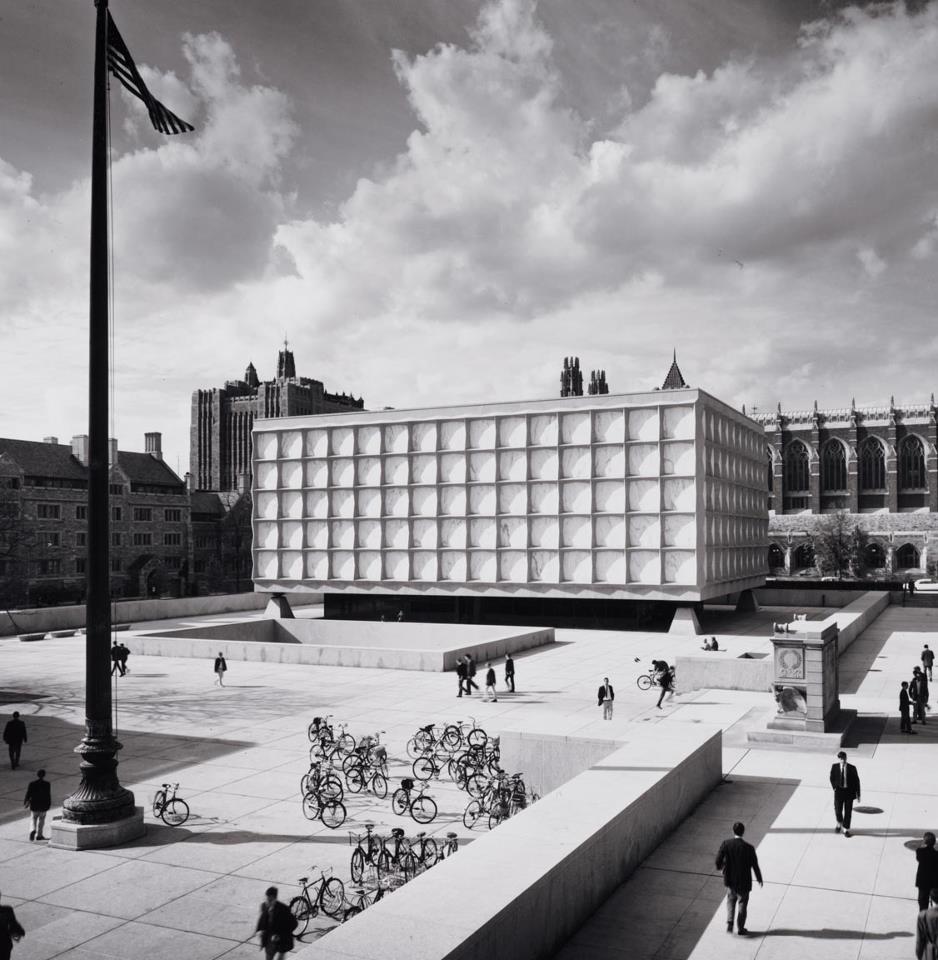Charles Babbage: Pioneer of the Digital Age: An exhibition at the Beinecke Library

Digital Age” may bring to mind such things as Silicon Valley, Yahoo, eBay, Windows, and online banking, or – if we’re a bit older – punch cards, DOS, and Packman. But it all began much earlier, before there was even an electrical outlet in the wall.
A small but unusual exhibition at the Beinecke Library documents the career of one of the pioneers of computer design, Charles Babbage (1791-1871), mathematician, physicist, social engineer, scientific reformer, statistician, philosopher of science, and Lucasian Professor of Mathematics in Cambridge University. The books, letters, manuscripts, and documents in the display come from the collection formed by Alfred Van Sinderen, Yale ‘45, chairman and CEO of the Southern New England Telephone Company until his retirement in 1985. The collection was presented to the Beinecke Library shortly before Mr. Van Sinderen’s death in 1998. The exhibition will continue until September 16, 1999.
Mechanical devices for performing arithmetic computations go back at least to the 1600s, when both Blaise Pascal and G. W. von Leibniz invented calculators, based on gears, that could add, subtract, and multiply. Charles Babbage first described his much more complex “difference engine,” as he called his earliest calculating machine, in two papers presented to the Astronomical Society of London in 1822. “A note respecting the application of machinery to the calculation of astronomical tables” and “Observations on the application of machinery to the computation of mathematical tables” earned their author the Society’s Gold Medal.
The complex work of constructing Babbage’s difference engine was undertaken in the late 1820s, partly at his own expense, partly with government subsidies. After the project ground to a halt in 1833, Babbage spent several frustrating years trying to revive it, only to be informed in 1842 that it had been officially abandoned by the government. The printed text of the Chancellor of the Exchequer’s letter and of Babbage’s reply form part of the exhibition.
In the meantime Babbage had planned a machine with even greater powers, an “Analytic Engine” equipped with an input mechanism using perforated cards, a memory or “store,” a central processing unit or “mill,” and an output device capable of printing the results on paper or cards. As Van Sinderen has noted, “this is the first time a calculating engine was envisioned which could take action according to its own prior results – a fundamental concept of modern computer design.”
The first detailed account of the Analytic Engine, based on presentations Babbage gave in Turin in 1840, was written in French by Luigi Federico Menabrea (later prime minister of Italy) and published in 1842. An English translation was made the following year by Byron’s daughter Lady Lovelace, Babbage’s controversial friend and admirer. In Allan Bromley’s words, “the translation and notes constitute the most important paper in the history of digital computing before modern times.” Both English and French texts are on display.
Only portions of Babbage’s difference engine were ever constructed (an engraving is shown in the exhibition), and after Babbage’s death these relics were moved, together with other fragments, to the South Kensington Museum, now the Science Museum. Throughout his life, perhaps impelled by the neglect of his own work, Babbage was a farsighted critic of British government policy regarding science. His 1830 attack on the management of the Royal Society is part of the exhibit (the copy on display belonged to Michael Faraday). Babbage’s ambitious Bridgewater Treatise of 1837 advances arguments in favor of natural religion, while his Exposition of 1851 contains a renewed attack on government policies.
The exhibition uses Babbage’s own writings and letters to document his numerous other interests, which included magnetism, actuary tables, population statistics, the economic implications of mechanization, geothermal shifts in the earth’s surface, taxation, and the evils of street music in all its forms. A 23-page letter of 1854 from Babbage to Alexander Dallas Bache (a grandson of Benjamin Franklin) provides evidence of American interest in Babbage’s system of occulting lights for lighthouses. Bache was head of the U. S. Coast Survey.
On the light side
Before being appointed at Cambridge, Babbage wrote a playful poem describing his search for a job. Mr. Van Sinderen presented this manuscript to the Beinecke Library in 1991, in honor of its author’s 200th birthday:
Sir Alphabet Function knight much renown’d
Who had gained little credit on classical ground
Set out through the world his fortune to try
With nought in his pate but his x, v, and y.